

Information Communication Technology
About 23.2 percent of the population have access to internet services and higher among those with higher education. Ownership of personal computers and fixed lines stand at 23.3 percent and 6.9 percent respectively.
Communication
Telecommunication is one area that has developed speedily in the Municipality with over 90 percent of the communities in the area having access to at least one of the communication lines namely, Airtel, MTN, Vodafone, TiGO, Glo and Expresso. The Municipality has One FM stations and several information centers in the communities. These serve as an effective tool for transmitting information to the people.
The Municipality can also boast of several postal and courier services. Dominating among them is the Ghana Post, DHL, services as well as Federal Express. With the exception of Ghana Post, most of the other Postal services are located in Dome and Haatso. Internet Facilities also exist in the big towns. Some of the common uses of the internet include electronic mailing, accessing information, conducting business transactions, social networking and shopping. As a result, communication and postal services is not a problem in the Municipality.
Housing and Development Control
Access to adequate housing is an important ingredient in the Municipal Assembly’s efforts to improve the livelihood and environmental sanitation of the people living in the Municipality. The lack of sufficient housing units, especially in the urban areas of the Municipality has among other things contributed to overcrowding, development of illegal structures, conversion of residential facilities to commercial use, streetism and pressure on social facilities and amenities. This has resulted in the development of slums in areas like Dome, Taifa, Kwabenya and Haatso.
The result of these is the creation of an insanitary environment with no drains and properly demarcated sanitary sites. Waste is therefore disposed-off indiscriminately and liquid waste flows freely on the already poorly demarcated streets.
To achieve effective development control the Municipal Assembly will have to:
• Prepare structure plans for the Assembly
• Update and review all sector layouts
• Acquire and protect lands for public/community use (schools, markets, clinics and others
• Strengthen survey department
• Ensure adherence to the planning schemes
• Educate the public on the permitting procedure
• Prohibit building and development in flood prone (or other disaster – land/mud slide, fire) areas
Roads and Transport
Road is the only form of transport in the Municipality. This implies that, the overall improvement of the road network, maintenance and rehabilitation will facilitate and lower transportation cost and integrates the Municipality’s rural economy with the urban economy to reduce poverty. In general, the road network in the district can be described as fairly good. The total length of paved and unpaved road in the District is 350 kilometers. The paved which comprises Asphalt and surface treatment is about 140 kilometers. This notwithstanding, there are specific areas that need urgent attention to reduce travel time.
Urban Passenger Transport Project
The Ga East Municipal Assembly is currently participating in the Urban Passenger Transport Projects. This is in line with the Second Schedule of the L.I. 1864 establishing GEMA, functions number 72 – 76 relate to issues concerning urban transportation in the Assembly. It states that it is the duty of the Assembly to regulate the use and conduct of public vehicles and to regulate routes and parking places to be used by such vehicles. It further must appropriate particular routes, roads, streets and parking places to specified classes of traffic and when necessary provide the identification of licensed vehicles as defined in the Road Traffic Act.
There are no proper data or records on the operators of public transport as well as their respective routes of operation in the Assembly. Most of the operators have not been registered and their activities are not harmonized to ensure an efficient service delivery. In view of these challenges, the Government of Ghana in collaboration with its development partners is implementing the Urban Transport Project (UTP). Subsequently, the Ga East Municipal Assembly (GEMA) has established the Urban Passenger Transport Unit (UPTU) to facilitate the implementation of interventions under the UTP and also manage all activities relating to urban transportation in the Assembly.
Energy
Electricity is the main source of energy in the Municipality. About 78.4 percent of the communities have access to electricity lighting. The other sources are kerosene lanterns, torch lights, fuel generators, and candles among others. People without electricity are mostly those in the uncompleted structures. Most people in the urban areas are the same people who use the fuel generators as a source of energy when there is power outage which is frequent and poses a challenge to inhabitants. Electrical gadgets are destroyed through these power outages. Again, productivity is reduced during power outages since most people use electricity at their work places. With the development of new areas in some part of the communities, it has become imperative that power is extension to these new areas.
Source of Cooking Fuel
Figure 1:14 gives information on the main source of cooking fuel, and cooking space used by households. The figure clearly indicates that the highest proportion of households (54.7%) use gas as the main source of cooking fuel, followed by charcoal and wood, which constitute 36.3 percent and 2.7 percent respectively. The use of gas is becoming common since its introduction to curb the use of wood and charcoal. The use of kerosene as cooking fuel is about one percent (0.9%), while the rest of the sources of cooking fuel used in the Municipality have values below 0.5 percent.
The main sources of cooking fuel in both urban and rural households are gas and charcoal. Almost the same proportions of household (54.7% and 36.5%) are using gas and charcoal in urban and rural areas.
Date Created : 11/17/2017 9:39:05 AM
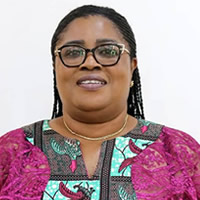






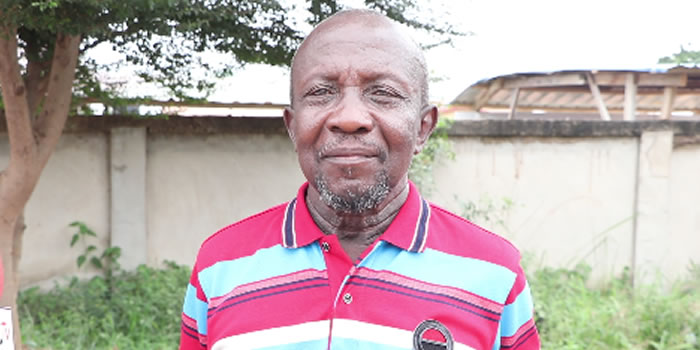
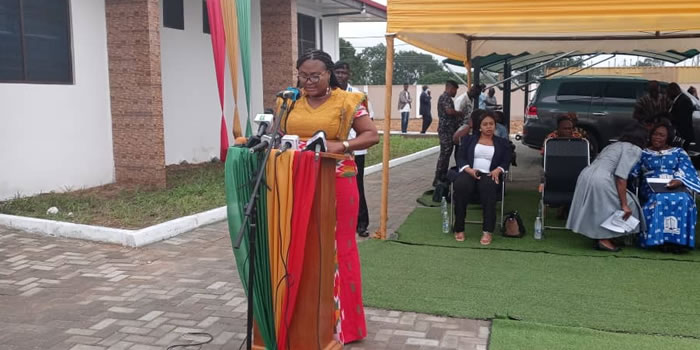
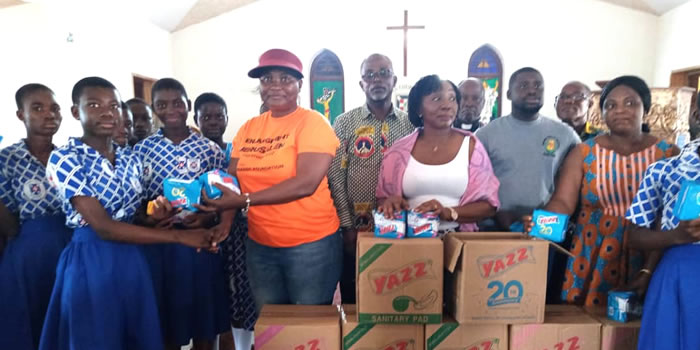
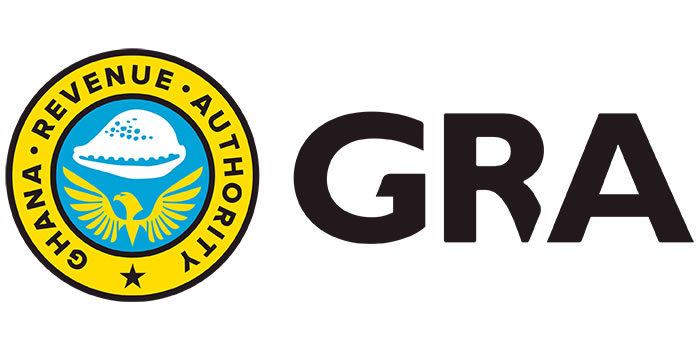


 facebook
facebook
 twitter
twitter
 Youtube
Youtube
 +233 593 831 280
+233 593 831 280 0800 430 430
0800 430 430 GPS: GE-231-4383
GPS: GE-231-4383 info@ghanadistricts.com
info@ghanadistricts.com Box GP1044, Accra, Ghana
Box GP1044, Accra, Ghana